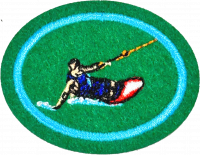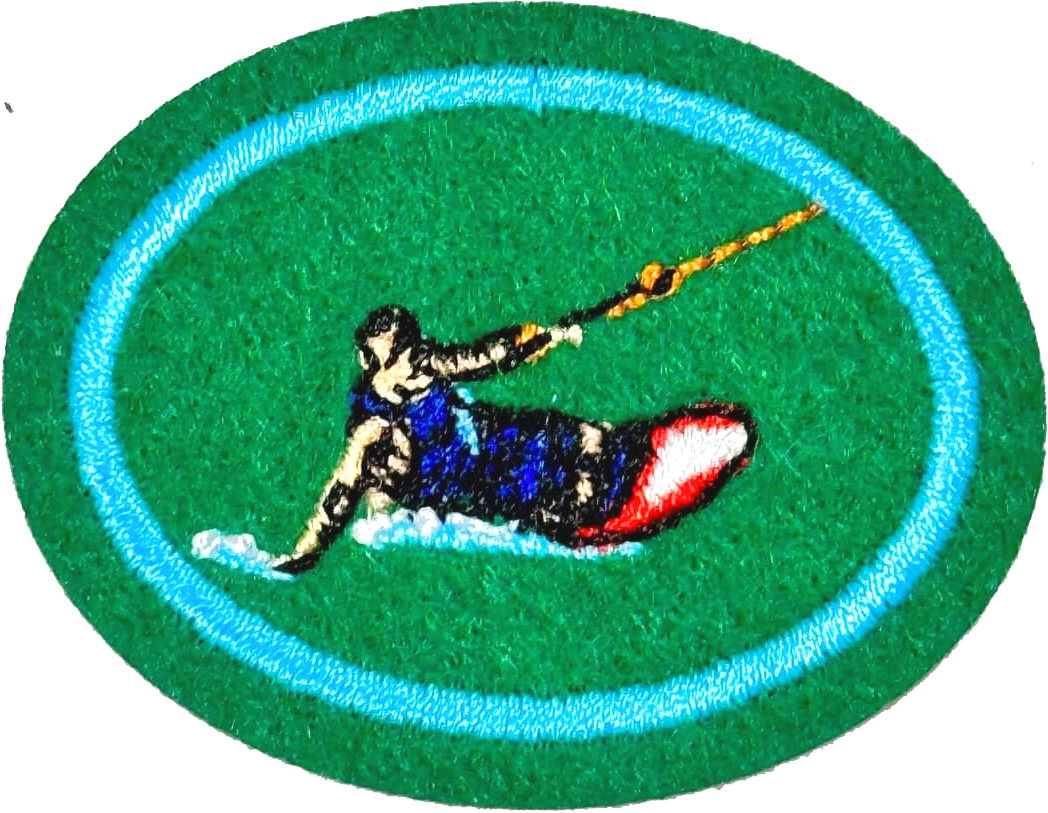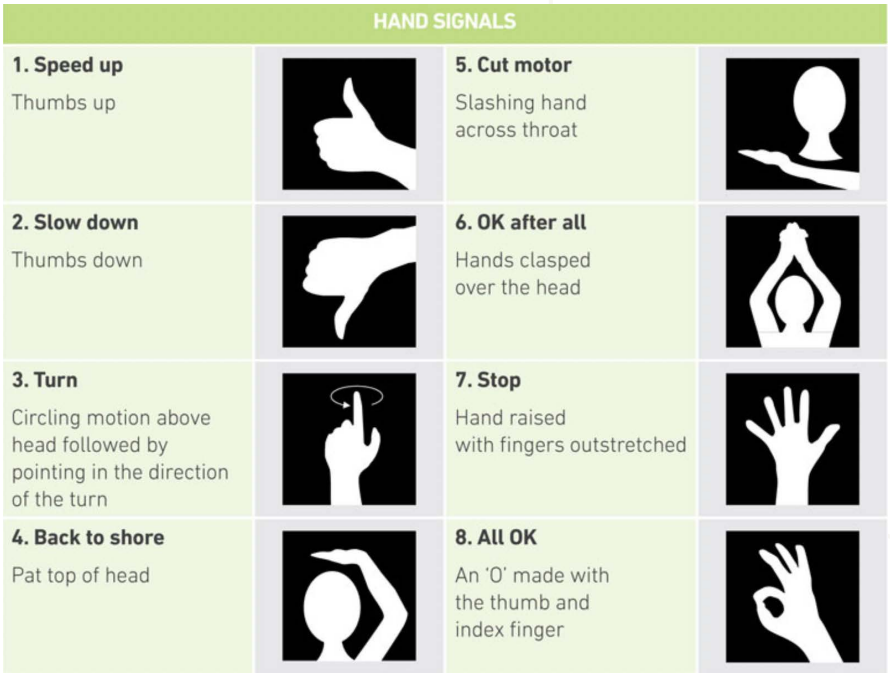AY Honor Kneeboarding Answer Key
1
2
a. Never Kneeboard at night - At night it is difficult for the boat driver to see hazards in the water, including the skier. The fact that the boat must travel at a high speed for skiing makes these hazards even more dangerous. They may not be seen in time to avoid them. High-speed boating accidents can be (and have been) fatal.
b. Never kneeboard during an electrical storm - When lightning strikes a body of water, the electricity travels across the surface, which is exactly where a skier would be located. If you see lighting while skiing, get out of the water as soon as possible.
c. Always wear an approved life vest - A ski vest protects the torso from impacts. This is important when travelling across the surface of the water at a high speed. Accidents do happen, and a ski vest can save your life by keeping you afloat.
d. Check to be sure the vest buckle is securely locked. - A ski vest that comes off during an accident is potentially useless. Double check that the vest is fitted properly.
e. Demonstrate that you can undo the strap over your knees while upside down in the water - This is the same lesson as when learning Kayaking. For beginners, do not do the strap up tight. A tight strap is only necessary for jumping the wake - getting air borne.
f. Make sure the tow rope is in good condition - Damaged ropes will not have the rated holding capacity and may break leading to injury.
g. Make sure the kneeboard is in working condition - A damaged knee board can potentially result in injury to yourself or others.
h. Have a spotter on the water craft - This is a legal requirement in most states in Australia. Please check local guidelines for who can be a spotter.
i. Stay clear of objects, such as other skiers, swimmers, docks, or floating objects - Make sure to always keep a proper lookout for dangers around you and your kneeboarder.
j. If a fall occurs, let go of the rope and raise your hand to signal you are ok - Hanging on to the rope after a fall will subject the body to numerous impacts with the surface of the water. Being dragged along can also wrest the ski vest out of position.
k. Do not stand on the water craft while it is moving. - The likelihood of falling out of a boat is greatly increased for persons not seated. A fast boat can easily suck a person under where they can be hit by the propeller.
3
a. Speed Up - Thumbs Up.
b. Slow Down - Thumbs Down.
c. Turn - Circling motion above head followed by pointing to the direction of the turn.
d. Back to shore - Pat top of head.
e. Cut Motor - Slashing hand across throat.
f. OK after all - Hands clasped over the head.
g. Stop - Hand raised with fingers outstretched.
h. All OK - An ‘O’ made with the thumb and index finger.
4
This may require a bit of practice to master and someone to coach you.
5
This may require a bit of practice to master and someone to coach you.
6
Plastic Kneeboard - It is the most common and durable material, it is often foam filled making it buoyant. This leads to a flexible and forgiving kneeboard for beginners.
Fibreglass Kneeboard - Fibreglass makes a stiffer, thinner board with better performance.
Timber Kneeboard - These boards deliver the same thin profile design as fibreglass boards but are easier on the knees with softer landings and springy take-offs. They are more durable than fibreglass boards.




